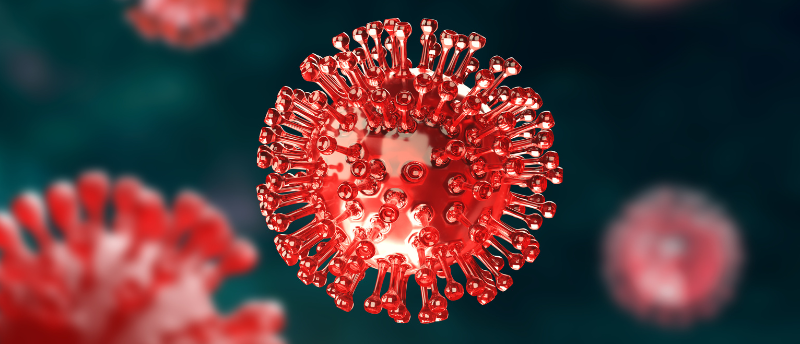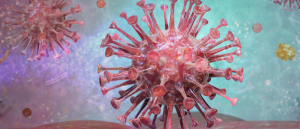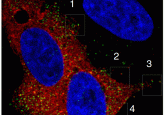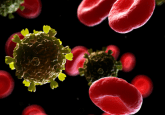Revealing how viral load influences the genetic diversity of HIV

Researchers have identified a positive correlation between viral load and the rate at which genetic diversity increases within intrahost HIV populations.
HIV has been historically difficult to treat and prevent, due, in part, to its genetic diversity, even between viral particles in the same host. A key driver of this diversity is viral recombination, which allows for the exchange of genetic information between distinct HIV genomes. This promotes immune evasion and the combinatorial acquisition of beneficial traits, such as drug-resistance genes.
Researchers at the University of Washington (WA, USA) have for the first time demonstrated an association between increased viral load, the amount of HIV particles in the bloodstream, and increased rate of recombination in people living with HIV (PLWH). Their study, which utilized a novel analysis method in tandem with deep sequencing data, indicates that a higher level of HIV in the bloodstream facilitates a greater degree of genetic diversification within intrahost HIV populations. This information helps researchers better understand HIV’s evolution and could shed light on how the virus develops to avoid the immune system or potentially evade treatment, leading to improved management of the condition.
A prerequisite of viral recombination in HIV is the coinfection of the same host cell with two genetically distinct HIV particles. This can lead to two genetically distinct HIV genomes being packaged within the same HIV particle. In a secondary host cell, these genomes can then be combined to produce a chimeric viral genome that encodes a distinct set of traits.
 Critical role of nSMase2 in HIV replication reveals new antiretroviral target
Critical role of nSMase2 in HIV replication reveals new antiretroviral target
A new antiretroviral target has been identified that suppresses HIV-1 replication and selectively kills HIV-1-infected cells.
The research group hypothesized that an increased viral load would lead to a greater number of HIV particles within proximity of the same host cell at the same time and therefore an increased likelihood of coinfection and subsequent viral recombination. Increasing rates of HIV coinfection have long been understood to drive increased viral recombination in both cultured cells and mouse models, but its effects in driving diversity within HIV populations in PLWH have been under-researched.
The recombination rate in intrahost HIV populations in PLWH with varying viral loads was measured using a newly developed approach dubbed Recombination Analysis via Time Series Linkage Decay (RATS-LD). This approach utilized deep-sequencing data from PLWH who were not receiving retroviral therapy, across several time points.
Applying RATS-LD, researchers discovered that PLWH with viral loads in the upper third of the study had a median recombination rate nearly six times higher than those in the lower third, whose recombination rates were close to a previously predicted value. These findings support the research group’s hypothesis and indicate that viral recombination in HIV occurs to a much greater degree than previously anticipated in many PLWH. Furthermore, researchers also identified increases in recombination rate upon an increase in viral load within the same individuals.
Identification of these previously difficult-to-measure associations has been made possible by both an increase in available data and the development of new approaches to analyze this data, such as RATS-LD. “An explosion of sequencing data over the past few decades has given geneticists a deeper understanding that recombination rates can be context-dependent and are influenced by many different molecular factors,” explains Elena V. Romero, a member of the research group. “Here, we show that population density may serve as one of those previously underappreciated factors for viruses.”





